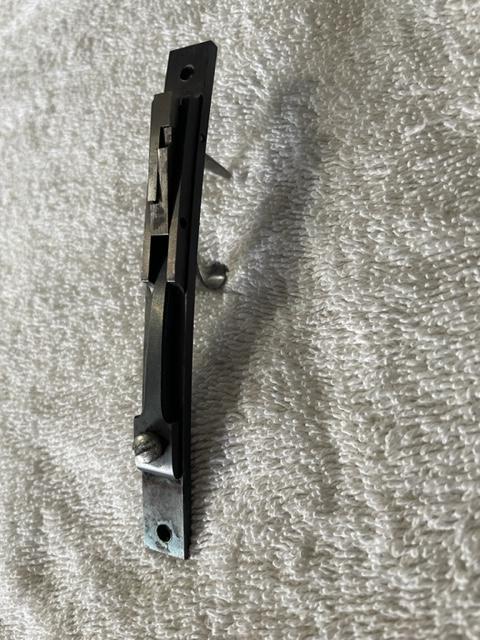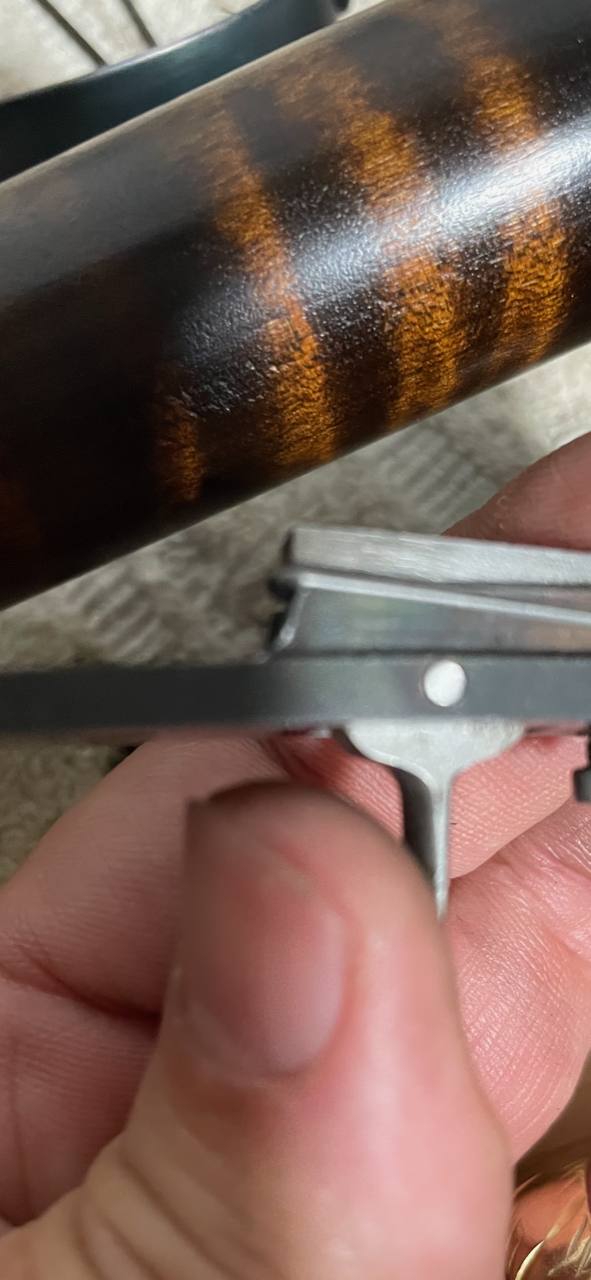TerryK
40 Cal.
I used this trigger for a bit less than 400 rounds. Now with great frequency the front trigger is "set" without using the rear trigger. If you pull on the rear trigger is does nothing to set the front trigger since it is set. If I lower the ****, and pull it back to fire sometimes it will eneable the rear trigger so I can set the front trigger. I tried adusting the bottom screw between the triggers, and tried the main spring screw also.
My guess is the "side" spring is weak. When I trip the trigger with the front blade, it is not the snappiest I ever saw. Anyway I played with it and I really can't see anything wrong.
So what are some tips, and tips in general for this type of trigger?



My guess is the "side" spring is weak. When I trip the trigger with the front blade, it is not the snappiest I ever saw. Anyway I played with it and I really can't see anything wrong.
So what are some tips, and tips in general for this type of trigger?









